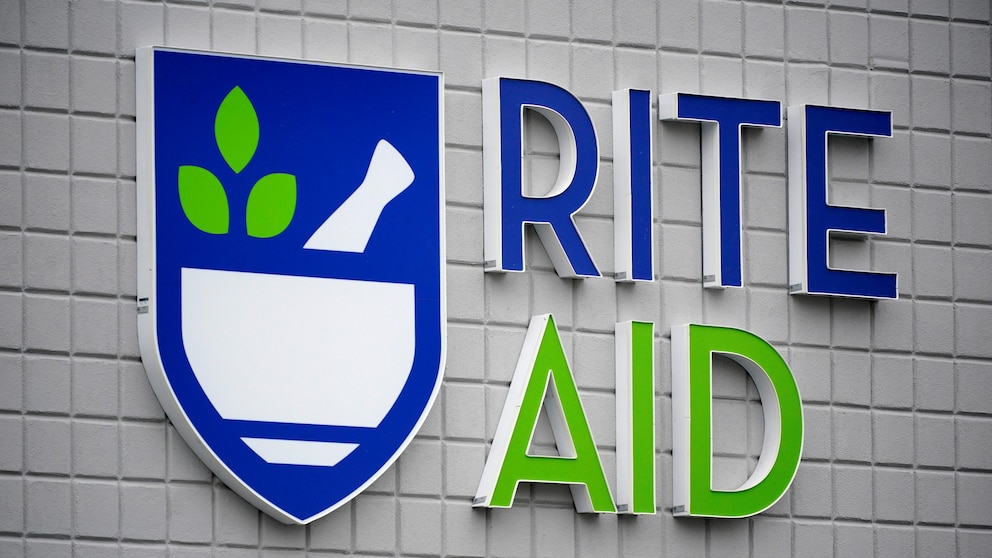Rite Aid, a prominent US pharmacy chain, has officially declared bankruptcy, marking a significant development in the retail industry. The company, which has been struggling with mounting debt and increased competition, filed for Chapter 11 bankruptcy protection in an effort to restructure its operations and reduce its financial burden.
Rite Aid, founded in 1962, has been a familiar name in the American retail landscape, operating over 2,400 stores across the country. However, in recent years, the company has faced numerous challenges that have impacted its profitability and market position.
One of the key factors contributing to Rite Aid’s financial woes is the intense competition in the pharmacy sector. With the rise of online retailers and e-pharmacies, traditional brick-and-mortar chains like Rite Aid have faced increasing pressure to adapt to changing consumer preferences. The convenience and competitive pricing offered by online platforms have lured customers away from physical stores, impacting Rite Aid’s sales and revenue.
Additionally, Rite Aid has struggled with a significant debt burden resulting from its acquisition of the pharmacy benefit manager (PBM) EnvisionRxOptions in 2015. The acquisition was aimed at diversifying Rite Aid’s revenue streams and enhancing its position in the healthcare industry. However, the integration process proved to be challenging, and the company faced difficulties in realizing the anticipated synergies.
The COVID-19 pandemic further exacerbated Rite Aid’s financial challenges. While the pandemic initially led to increased demand for essential items such as prescription medications and over-the-counter drugs, it also resulted in higher operating costs due to additional safety measures and supply chain disruptions. Moreover, the economic downturn caused by the pandemic impacted consumer spending, further impacting Rite Aid’s revenue.
In light of these challenges, Rite Aid made the difficult decision to file for bankruptcy protection. This move allows the company to continue its operations while it develops a restructuring plan to address its debt and operational issues. Rite Aid aims to emerge from bankruptcy as a stronger and more competitive player in the pharmacy industry.
As part of its restructuring efforts, Rite Aid plans to close underperforming stores and focus on its core markets. The company also intends to invest in its digital capabilities to enhance its online presence and improve customer experience. By leveraging technology, Rite Aid aims to better compete with online retailers and provide customers with convenient options for purchasing medications and healthcare products.
Despite the bankruptcy filing, Rite Aid remains committed to serving its customers and meeting their healthcare needs. The company has stated that it will continue to operate its stores and fulfill prescriptions throughout the restructuring process. Rite Aid’s priority is to ensure a seamless experience for its customers while it works towards a successful reorganization.
The bankruptcy filing of Rite Aid serves as a reminder of the challenges faced by traditional retail chains in an increasingly digital and competitive landscape. It highlights the need for companies to adapt to changing consumer preferences and invest in innovative strategies to remain relevant. As Rite Aid navigates through this difficult period, it will be interesting to see how the company transforms itself to regain its position in the pharmacy industry.



